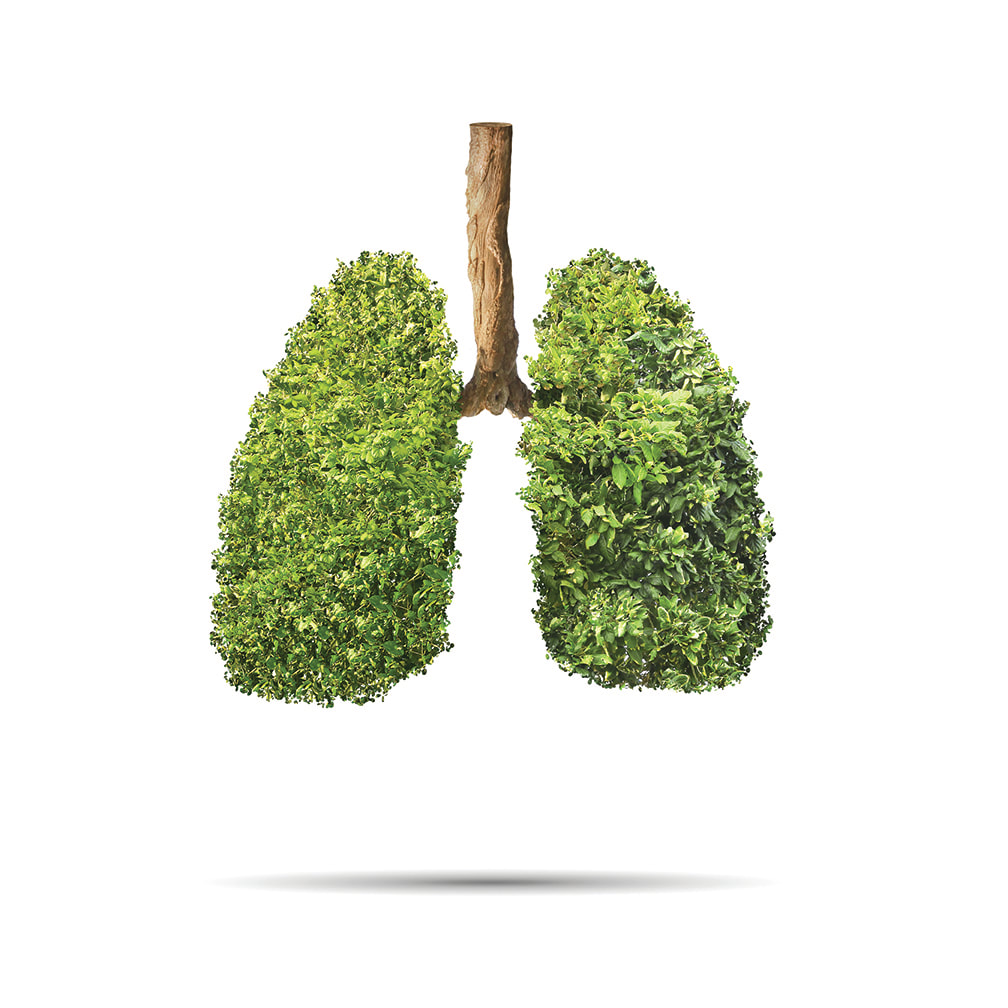Nathan FreyHEPA air purification systems are often misplaced in shops like yours. You, your team, and even equipment dealers are rarely educated on the nuances of where to place air filtration devices in the shop.
Why is indoor air quality important? According to the World Health Organization, four million people die each year from indoor air pollution. Research published in the journal, Science of the Total Environment, has shown indoor air to be two to five times more dangerous than outdoor air. Add an additional hazard, such as smoking or soldering, and those numbers jump to over 100 times more dangerous. Sure, no one is dropping dead or rushed to hospital after breathing bad air, but keep this in mind: related deaths and illnesses are typically from long-term exposure. Why HEPA is So Hip So, what’s the best and most cost effective way to improve air quality? Use HEPA air purifiers. Air quality and biological aerosol transmission are one of the biggest threats for workers in general. And, due to the recent pandemic, the CDC has weighed in on this topic. As recent as June 19th, the CDC emphasized that, “ventilation systems that provide air movement in a clean-to-less-clean flow direction reduce the distribution of contaminants and are better at protecting staff…” The recent pandemic has highlighted the need for air purifiers; however, units can be nearly ineffective if not properly placed. According to a paper published by the Ontario Health Technology Assessment Series, “The efficiency of any in-room air cleaner is its strategic placement and set-up within a room, which should be done in consultation with ventilation engineers, infection control experts, and/or industrial hygienists.” Where is optimal air purifier placement? A poorly positioned air cleaner may disrupt airflow patterns in the room, which compromises air cleaning efficiency. Simply put, a properly positioned system will capture dirty air, filter it, then expel the clean air. But, there are several key factors that affect how well this is done with any HEPA air filtration device. To correctly place an Air Purifier in a facility or lab, use the following steps:
Identifying Rooms Needing Filtration Ideally, each room should have proper air filtration. In cases where this is not possible, air purifiers should be prioritized in areas where aerosols and airborne transmission is highest, including break areas, lobbies, bench stations, or anywhere people congregate. Next, identify HVAC supply vents and return vents. This is important because supply and return vents can affect room air flow and the capabilities of the air purifier if turbulence occurs. Supply vents push the air into a room; you will typically find one in each room. Return vents pull the building air into the HVAC system through a filter and then redistributes the air using the supply vents. Placing an air purifier directly below a return vent will result in the filtered air going into the HVAC system. This can work well in small locations but is not ideal in larger facilities. Once you know where your return and supply vents are located, you can begin to understand the general air flow of the building. Identify air flow without turbulence, which allows for optimal filtration. Finding the Right Equipment Purchasing the wrong equipment without considering your air volume needs first can cause major issues. After all, the entire point of purchasing a HEPA air purifier system is to properly clean the air. You simply won’t be able to achieve this with improperly matched systems. Select an air purifier with enough CFM to achieve your desired ACH rate for the room it’s in. You’ll find a number of online calculators to help you with the math, or visit www.vaniman.com. After you determine what kind of device CFM is required, place the unit in a location where the direction of clean air flow isn’t affected by a supply vent. And make sure the system has plenty of access to the room air—avoid corners and tight areas if possible. When all these factors are taken into consideration, your air purifier system can effectively work to capture and filter adequate amounts of air for your specific needs.
0 Comments
Leave a Reply. |
Proudly powered by Weebly
